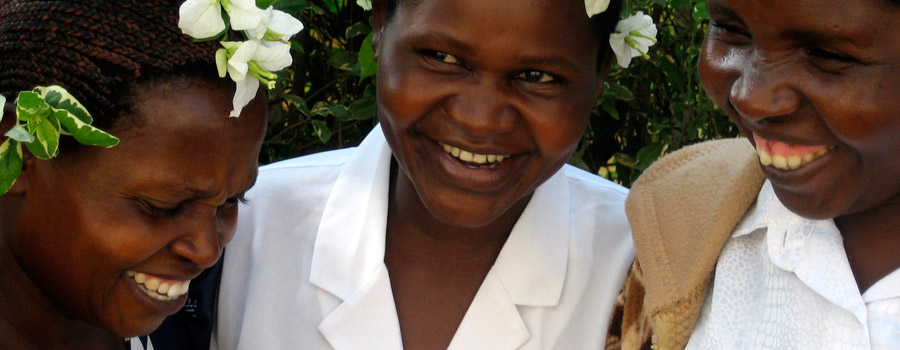Other Resources : Fistula Care Country Specific Tools :
Uganda
Community Prevention Poster
This poster, produced by the Ugandan Ministry of Health, is aimed at communities, displays five major fistula prevention strategies, and lists hospitals where more information can be sought.
Files: English (PDF, 6.59MB)
Fistula Client Card
This tool from Uganda allows for case management of fistula clients at facilities by tracking information about admission, diagnosis, and treatment, along with providing space for describing follow-up visits.
Files: English (PDF, 65KB)
Fistula Registration Form
This tool from Uganda collects bio-data information on fistula clients and provides guidance to providers for observing and recording client history, symptoms, and examination results, as well as developing a management plan for the client.
Files: English (PDF, 247KB)
Fistula Death Reporting Form from Uganda
These guidelines were developed by the Clinical Department of the Uganda Ministry of Health, with technical and financial assistance from Fistula Care, UNFPA, and AMREF. The tool provides guidance to policymakers, service providers, and other relevant stakeholders in auditing deaths during treatment of fistula, a rare but possible outcome.
Files: English (PDF, 548KB)
Fistula Reporting Data Forms
These forms from Uganda are designed to capture fistula care monitoring data, training activities, community outreach, family planning services, obstetric services, and reintegration services. Health facilities report to the health management information system (HMIS) on a monthly basis using these forms.
Files: English (PDF, 804KB)
Learn from My Story: Women Confront Fistula in Rural Uganda
In 2007, the ACQUIRE Project and the Center for Digital Storytelling
brought together fistula survivors to record their stories in their own
words. Hear women tell their stories though song, pictures, and narration, along with many others, in these Digital Stories. (This video series requires an Internet connection to access YouTube.)
Link
National Training Guidelines and Standards for Treatment of Female Genital Fistula
These guidelines, developed by the Clinical Department of the Uganda Ministry of Health with technical and financial assistance from Fistula Care, UNFPA, and AMREF, harmonize the training approach for fistula surgical teams, in an effort to improve the quality of training and service delivery.
Files: English (PDF, 660KB)
Prevention Poster for Providers
This poster, developed in Uganda, is aimed at providers and focuses on key messages for preventing fistula, including proper nutrition, labor management, birth preparedness, and catheterization.
Files: English (PDF, 697KB)
Promoting Maternal Health and Preventing Obstetric Fistula: A Training Curriculum for Village Health Teams in Uganda
This training manual is designed to complement and reinforce existing training materials for village health teams (VHTs) in Uganda. It builds upon the content of the Uganda Ministry of Health’s existing training materials for VHTs and provides additional content and tools to support VHTs in their efforts to monitor and promote maternal health in their communities. The four-day training workshop equips members of VHTs with the knowledge, skills, and tools they need to promote healthy practices before, during, and after childbirth and to monitor maternal health care–seeking and pregnancy outcomes in their communities.
Files: English (PDF, 1.7MB)
Straight Talk Posters on Fistula
These posters were produced by the Straight Talk Foundation targeting Uganda adolescents, to teach about the causes of fistula and how treatment can be received.
Files: English (PDF, 3.7MB)
Uganda Site Assessment Tool
This tool, an adaptation of the Site Assessment Tool for use in Uganda, includes numerous survey questions on the administrative and management capacity of the site; the availability of services and amenities; outreach activities; laboratory services; fistula services; counseling capacity; maternity services; family planning; and an inventory of equipment, supplies, and medicine.
Files: English (PDF, 2.11MB)
![[ Skip Navigation ]](../../data/images/c.gif)



